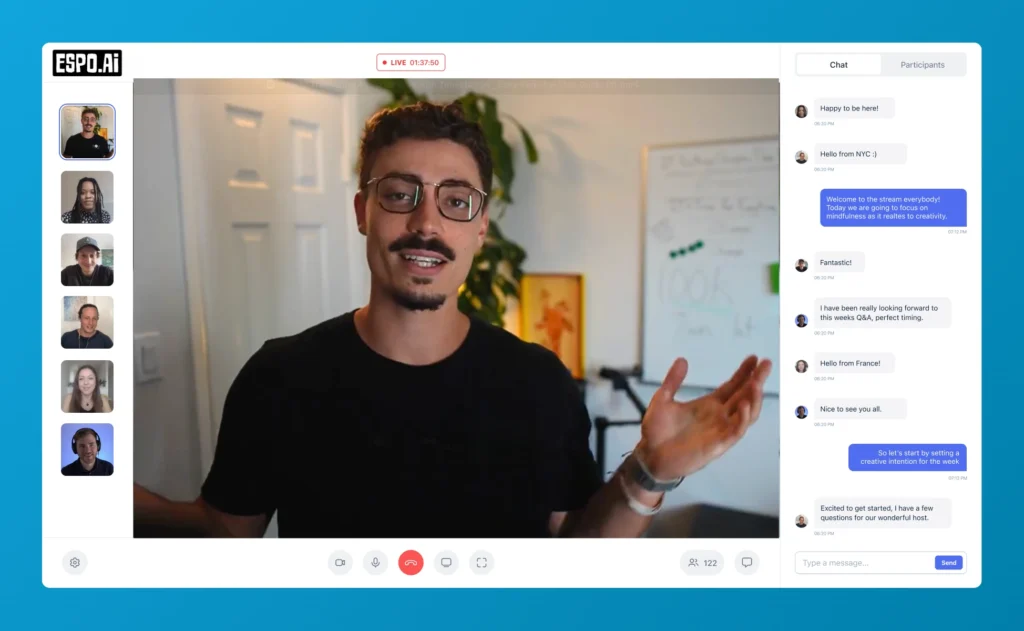Creating effective prompts for AI systems is both an art and a science. As AI technologies become increasingly integrated into our daily workflows, knowing how to communicate effectively with these systems becomes a valuable skill. Whether you're using AI for content creation, problem-solving, or data analysis, the quality of your output depends significantly on the quality of your input—your prompt.
This guide explores five essential elements that form the foundation of effective prompt engineering. By incorporating these elements into your AI interactions, you'll consistently receive more accurate, relevant, and useful responses.
The cornerstone of effective prompt engineering is clarity and conciseness. Just as in human communication, AI models respond best to instructions that are straightforward and to the point.
Key principles to follow:
Consider these contrasting examples:
❌ POOR: "Maybe elucidate the ramifications of the pandemic on the global economy."
✅ BETTER: "Explain how the pandemic has affected the global economy."
The improved version uses simpler language and directly states what information is needed. This clarity makes it easier for both the AI and the eventual human reader to understand the request.
TIP: Before submitting a prompt, ask yourself: "Could I simplify this further without losing my intent?" When in doubt, opt for simplicity.
While clarity is crucial, specificity and context provide the necessary framework for AI to generate tailored, precise responses. Vague prompts typically yield generic responses, while detailed prompts with proper context enable the AI to understand exactly what you need.
Include these elements for improved specificity:
Compare these examples:
❌ POOR: "Write about exercise benefits."
✅ BETTER: "Write a 500-word article discussing the top five scientifically proven benefits of regular exercise for adults ages 30 to 50. Focus on both the physical and mental health aspects."
Another example:
❌ POOR: "Why should I work out?"
✅ BETTER: "I'm having a hard time finding motivation to work out. Could you give me scientifically proven benefits of regular exercise for adults in their 20s to motivate me? Also, provide tips to increase motivation so I can be consistent with my workouts."
The enhanced versions include specific details about content length, target audience, and personal context, allowing the AI to generate more relevant and helpful answers—a fundamental aspect of successful prompt engineering.
Even with clear instructions and specific context, your AI responses may not meet your expectations without guidance on format and style. This element is often overlooked but can dramatically improve the usefulness of AI outputs.
When crafting prompts, specify:
Effective examples:
"Create a five-point bullet list summarizing the meeting, then give me a list of actionable items and thought-provoking questions."
"Address the following complaint and offer solutions: [insert problem]. Be sure to apologize for any inconveniences and use a friendly, understanding tone in your response."
These prompts clearly outline the desired format, structure, and tone, guiding the AI to produce outputs that match expectations. Without specific style guidance, the AI will make assumptions that may not align with your needs—an important consideration in prompt engineering.
For truly effective prompt engineering, communicating the purpose and goals behind your request provides essential context that helps the AI understand your broader intentions.
When outlining purpose:
Here's an illustrative example:
"Act as an experienced environmental scientist. Your purpose is to explain the impacts of climate change on marine ecosystems to a group of high school students. Provide a 300-word explanation using simple terms and vivid examples."
This prompt clarifies the role the AI should assume, identifies the target audience, and establishes clear goals for the explanation, enabling a tailored response that meets specific educational needs.
The fifth element of effective prompt engineering involves showing, not just telling. Concrete examples illustrate your expectations and guide the AI toward producing the type of output you want consistently.
Consider including:
For instance:
"Write a product description for a new smartwatch. Here's an example of the style I'm looking for:
'The Time Wise Pro isn't just a watch, it's a personal health companion with 24/7 heart rate monitoring, sleep tracking, and stress management features. It helps you stay on top of your well-being. Its sleek, water-resistant design seamlessly transitions from your morning workouts to your business meetings.'
Now create a similar description for our fitness-focused smartwatch. Emphasize its advanced workout tracking features and long battery life."
This approach to prompt engineering provides a clear example of the desired style and content, making it easier for the AI to generate similar outputs tailored to your specific requirements.
Mastering the art of prompt engineering takes practice, but implementing these five essential elements will significantly improve your AI interactions from day one. Remember that effective prompts are clear, specific, formatted, purposeful, and example-driven.
To further enhance your AI communication skills:
By honing your prompt engineering skills, you'll unlock the full potential of AI tools and create a more productive partnership between human creativity and artificial intelligence.




